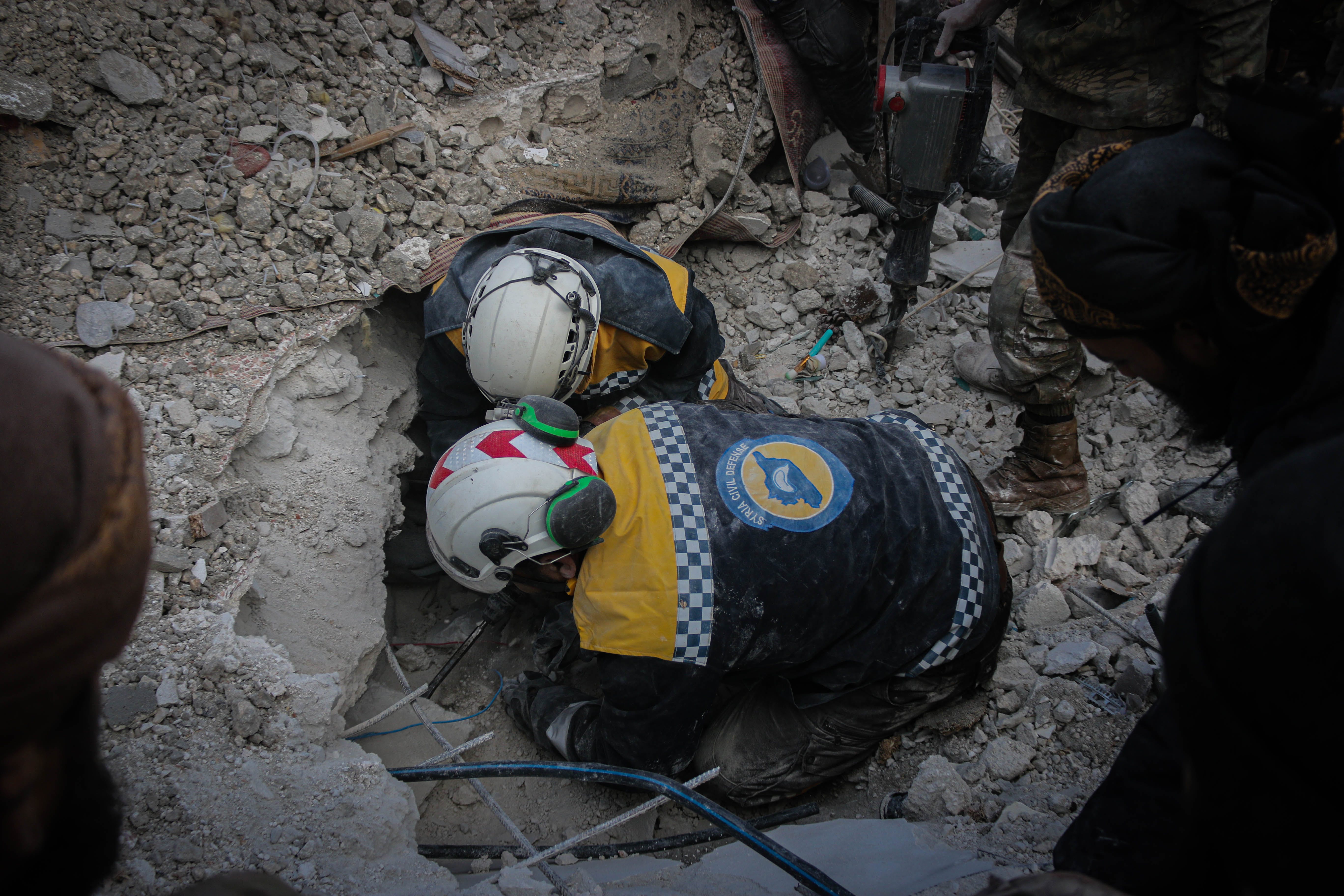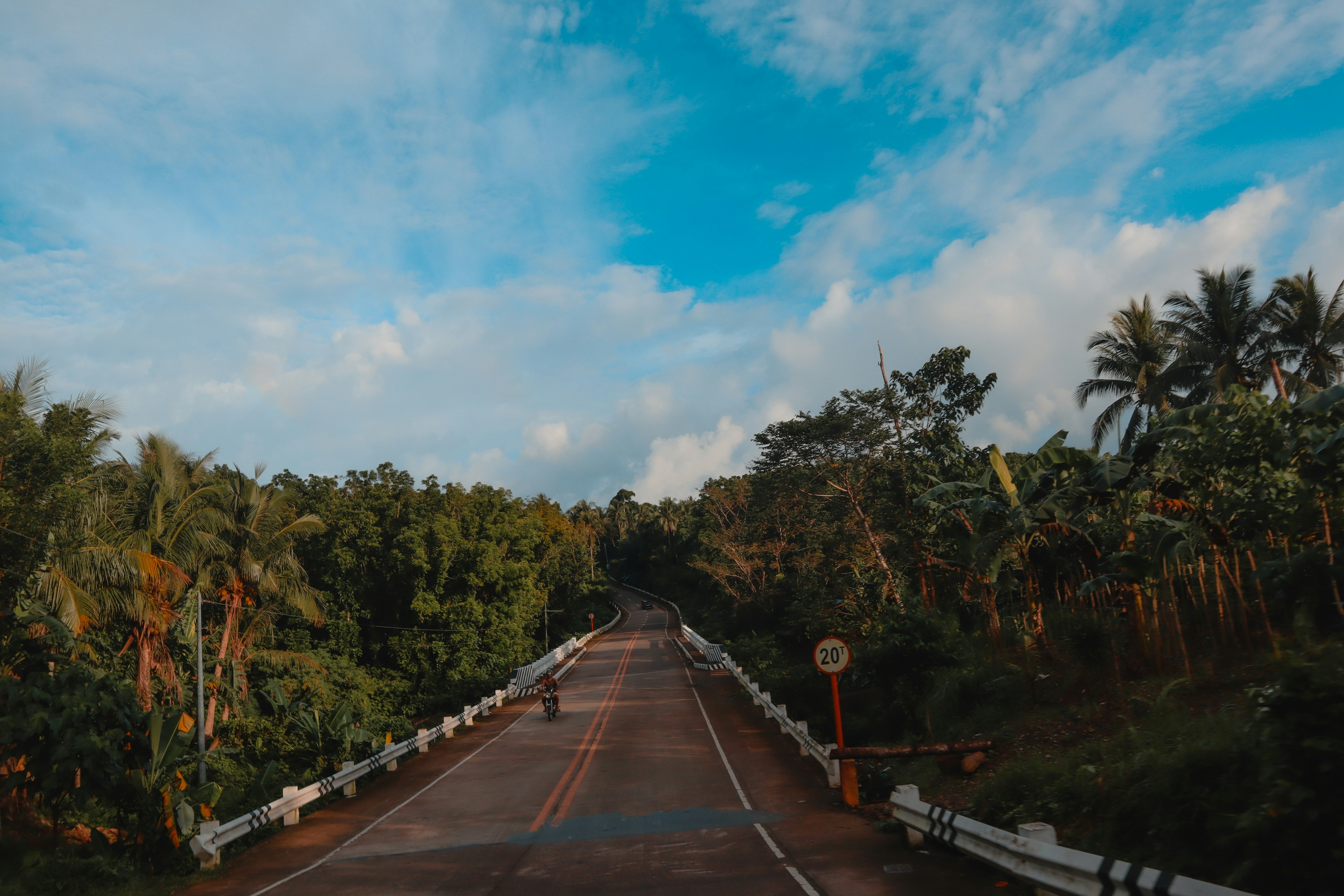Today is the International Day Of UN Peacekeepers, a reminder that although we may be swamped with news of COVID-19 each and every day, there are many people around the world seeking protection, and not only from the pandemic. In 2019, more than 20,000 civilians lost their lives in conflict contexts, with Afghanistan accounting for more than half of these deaths. At least 17, 904 of these casualties were caused by the use of explosive weapons in populated areas and for the ninth year in a row, more than 90 percent of people killed in such attacks were civilians.
2020 is not shaping up to be much better as we watched in horror at the recent attacks on the maternity hospital in Kabul where civilians bear the brunt of failed peace negotiations, and thousands of Syrian civilians die amid a lack of political will to hold perpetrators to account. The UN Secretary General’s report on the Protection of Civilians (PoC) in armed conflict released this month is sobering. It lists a raft of violations including conflict-related sexual violence, sexual exploitation and abuse, grave violations against children, the targeting of journalists, mass displacement, violence against humanitarian workers, forced disappearances, the particular impact of conflict on people living with disabilities, along with the future risks of new weapons technology, cyberattacks and climate change.
It is in this context that Humanitarian Advisory Group and the Australian Civil-Military Centre are contributing to enhanced protection outcomes for civilians with From Principle to Practice: Protecting civilians in violent contexts. This is a practical field handbook with real examples, tools and resources that aim to support not only military personnel in conflict settings, but the other key players who are critical to civilian protection including humanitarian organisations, the private sector, government civilian agencies and of course, communities themselves.

Australia is one of only three countries (along with the UK and Switzerland) to have national guidelines or strategies on how they will protect civilians during times of violence. The Australian Guidelines on the Protection of Civilians developed in 2015 led by the Australian Civil-Military Centre aims to elevate the agenda whenever Australian government military or police are deployed abroad.
Our publication complements the UN Department of Peace Operations publication of the Protection of Civilians in United Nations Peacekeeping Handbook, that provides great detail on the legal frameworks and United Nations leadership in this area. Our field handbook supports operational agencies to put it into practice.
The PoC agenda is in strong alignment with many other international policy initiatives. Making linkages and committing to coordination between these agendas could further amplify the possibility of success in protecting civilians. Involving women, supporting locally led responses to crises, and making sure that conflict doesn’t break out in the first place are key.

Image credit: Jenny Moody, A+J Moody Design
This publication recognises that communities themselves are always involved in their own safety and have complex and often unrecognised approaches to self-protection. This field handbook aims to prompt people working in violent contexts to ask questions about existing capability, and not undermine effective community protection initiatives that may be in place by imposing traditional PoC activities that could be duplicative, or even harmful.
In the process of researching this field handbook we got to speak with people on the front lines, for example during the battle of Marawi in the southern Philippines, which took place in 2017. During this time, members of the community took the protection of civilians into their own hands, rescuing people trapped inside the city without access to food and water. The self-titled ‘Suicide Squad’ sent teams of unarmed volunteers inside Marawi at great personal risk to bring out vulnerable people, even creating a short film about their activities, that was funded by the Australian government.
The sacrifice made by UN peacekeepers is real with more than one hundred being killed in 2019. Although UN Peacekeepers also play a central in protecting civilians, this field handbook aims to unpack the complementarities of the many organisations and actors that contribute to keeping civilians safe during violence. As the infographic below demonstrates, the importance of the other actors involved in protecting civilians must be integrated into any PoC strategy. While the centrality of the states is key, there are other civilian bodies such as the Red Cross/Red Crescent Movement, civil society, police, advocacy organisations, operational humanitarian organisations like national and international non-governmental organisations (NGOs), UN humanitarian agencies, and even the private sector, all of whom play a role.

Image credit: Jenny Moody, A+J Moody Design
In a recent development, a leading advocacy agency – the Centre for the Protection of Civilians in Conflict (CIVIC) – is joining with 21 other agencies in a civil society call to action to protect civilians, including the promotion and implementation of international humanitarian law, ending impunity, resourcing peacekeeping operations to be able to carry our PoC mandates, engaging more strategically with civil society on protecting civilians, supporting the UN Secretary General’s call for the global ceasefire, and a range of other critical measures to put protecting civilians front and centre of the international agenda.
The theme for this year’s International Day of UN Peacekeepers is ‘Women in Peacekeeping: a key to peace’, this is fitting as we near the 20th anniversary of the Women, Peace and Security agenda and the recognition of how women need to be involved in preventing war, negotiating peace and everywhere in between. In 2019, with women making up only 4 percent of UN peacekeepers and protection needs seeming greater than ever, it is clear a more inclusive approach to who sits at the table, who makes decisions and who wields power is required.
On the 23 March 2020, the UN Secretary-General, Antonio Guterres, called for a global ceasefire, with mixed results. Indeed, there is a concern that some armed groups will seek to press for an advantage during the pandemic, leading to a surge in violence and more risks for civilians.
We must not let the global pandemic derail efforts to protect those affected by conflict and violence, as COVID-19 will exacerbate existing inequalities and magnify vulnerabilities. Instead PoC efforts must be strengthened, in particular in the area of the protection and provision of health care services, as well as guaranteed access for, and access to, conflict affected populations. If there is anything we have learnt in the last twenty years, it’s that history will judge our inaction harshly.
Read the report here.
Cover image:
Mongolian peacekeepers in South Sudan
Photo credit: UNMISS/Amanda Voisard






